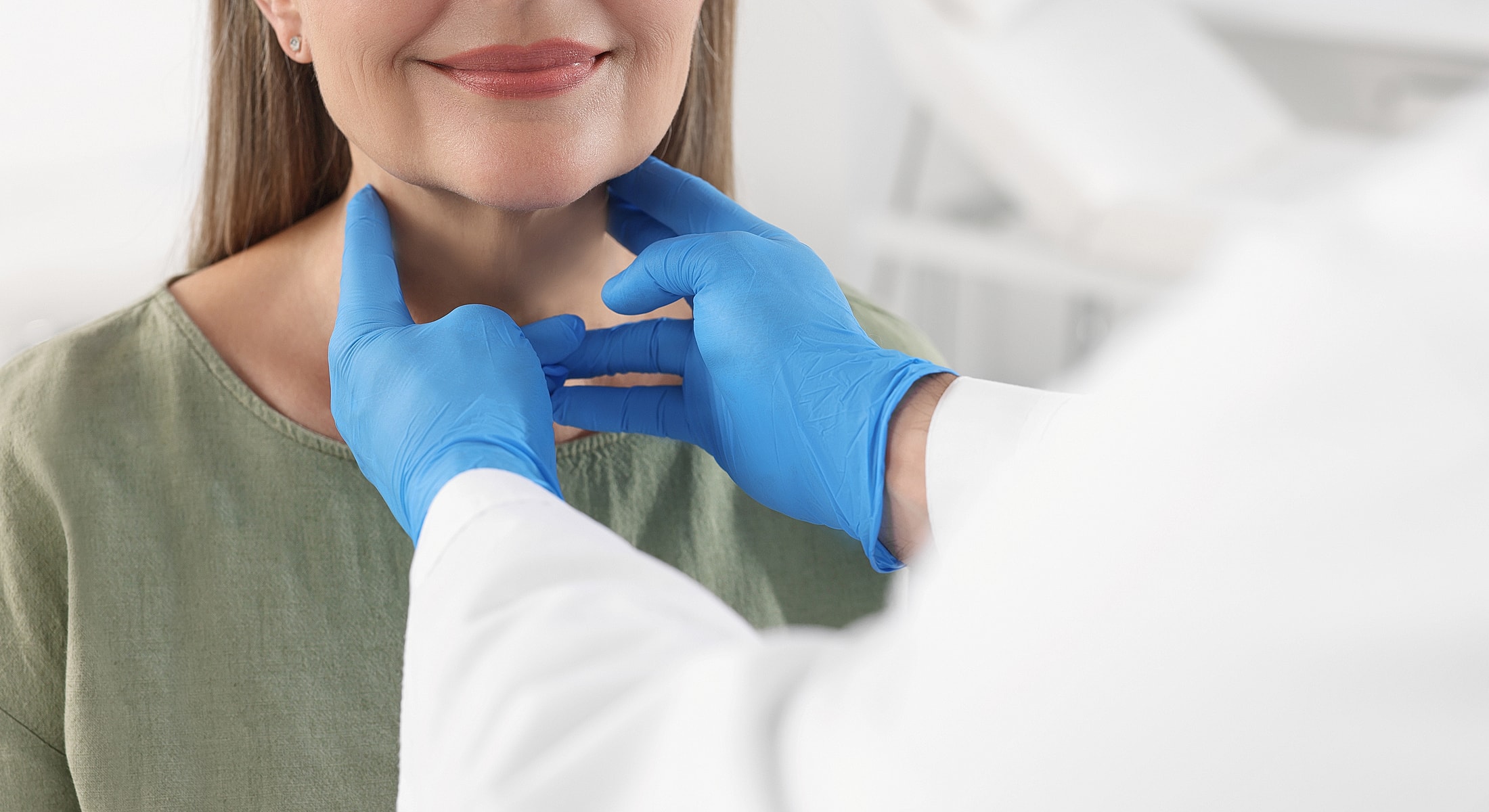
















Your voice, throat, and airway health are essential for speaking, swallowing, and simply breathing comfortably. When issues like hoarseness, difficulty swallowing, chronic throat pain, or vocal strain arise, a video laryngoscopy provides a clear, detailed view of your larynx (voice box) to help diagnose and treat underlying conditions.
At Southern California Center for Ear, Nose, Throat, and Allergy (SoCal ENT), we use state-of-the-art video laryngoscopy technology to ensure precise, high-definition imaging of your throat and vocal cords. Our board-certified ENT specialists provide expert evaluations, accurate diagnoses, and customized treatment plans designed to restore your voice and overall throat health.
If you’re experiencing persistent voice or throat issues, schedule a consultation with our team to determine whether video laryngoscopy is right for you.


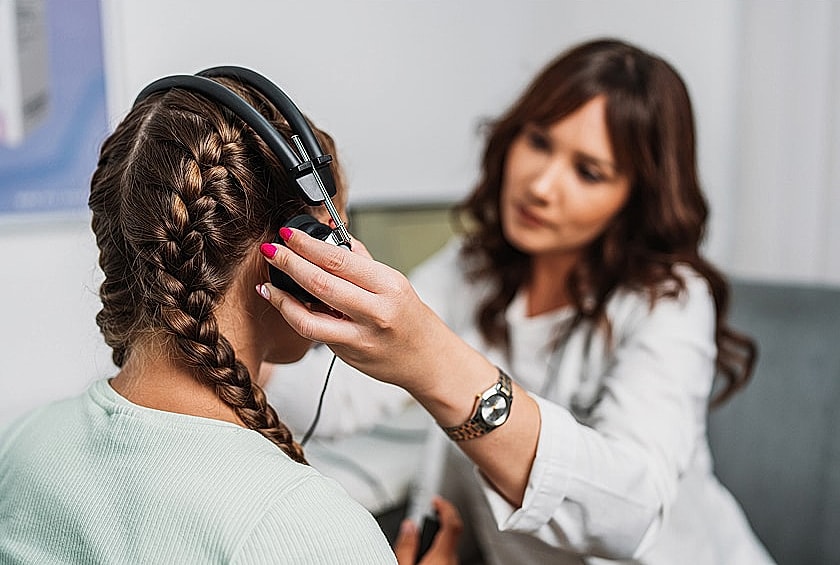
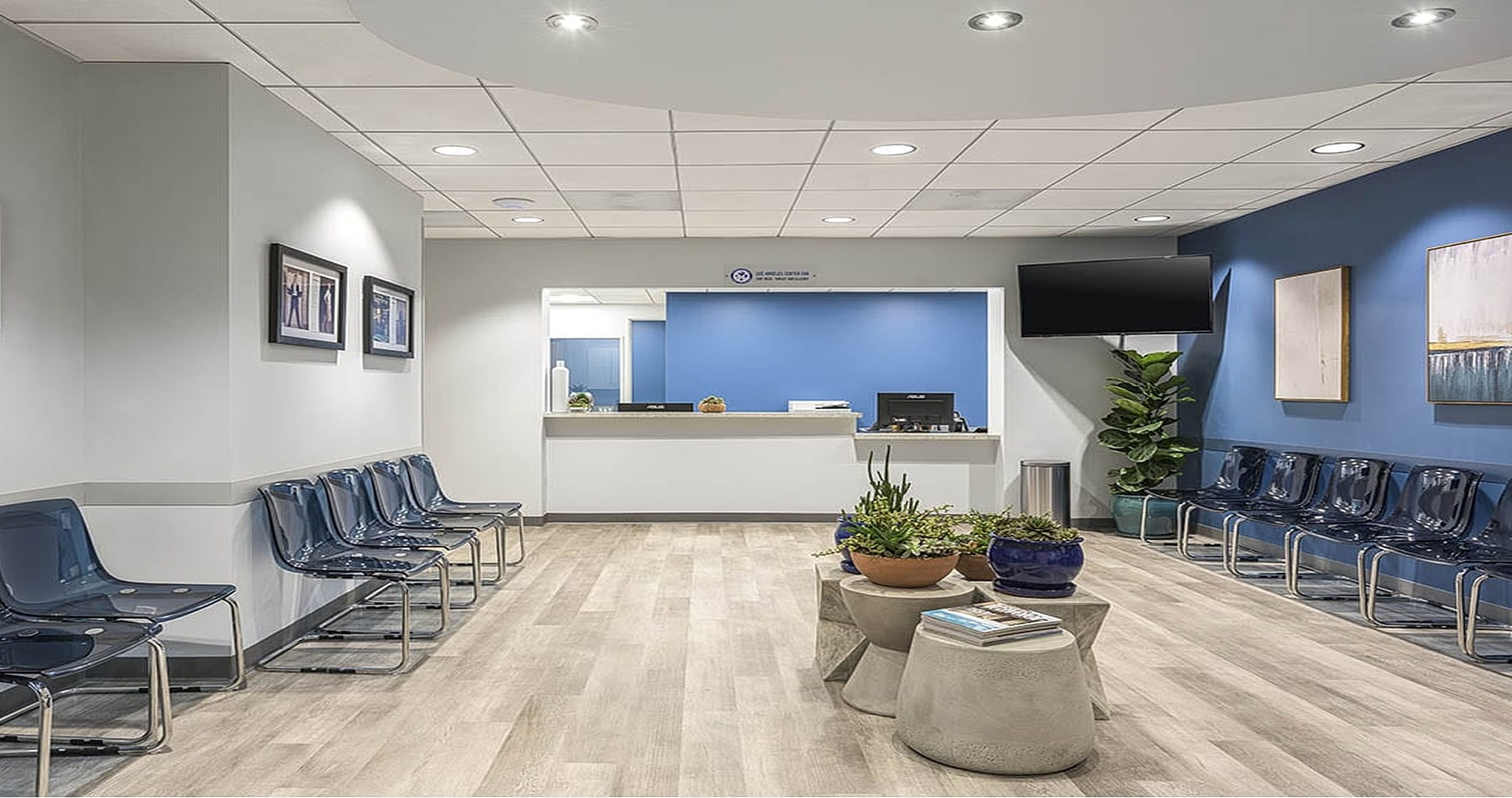
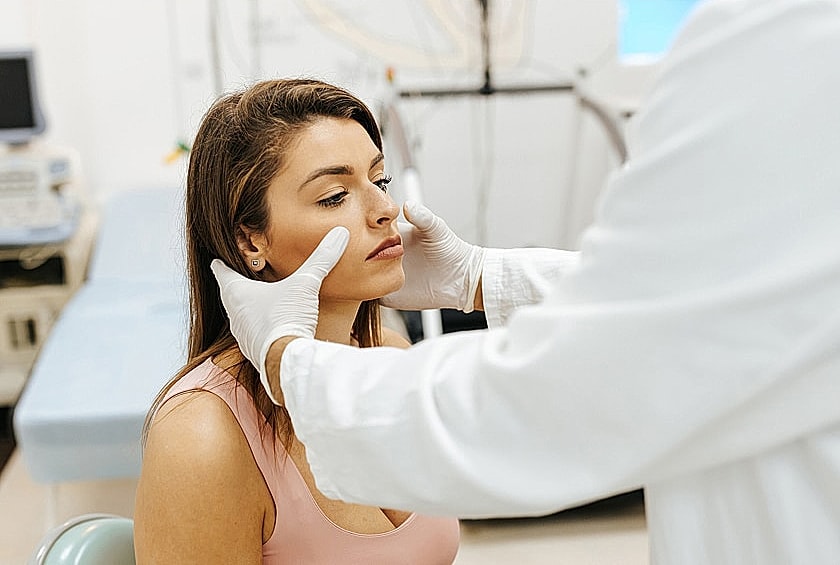
Video laryngoscopy is an advanced diagnostic procedure that uses a thin, flexible laryngoscope with a high-definition camera to examine the larynx (voice box), vocal cords, and throat structures. Unlike traditional laryngoscopy, which relies on mirrors or direct visualization, video laryngoscopy magnifies and records the examination, allowing for a more detailed and precise evaluation.
This procedure is commonly used to diagnose voice disorders, throat pain, swallowing difficulties, and airway obstructions. It also serves as a valuable tool for monitoring healing and guiding treatment plans for patients recovering from surgery or voice therapy.
Types of Video Laryngoscopy
You may be asked to avoid eating or drinking for a short period before the procedure. If applicable, remove any jewelry that could interfere with imaging. Most procedures are performed with local anesthesia, but general anesthesia may be used in some cases. Your doctor will insert a thin, flexible or rigid laryngoscope gently through the nose or mouth. The camera transmits real-time video to a screen, allowing your doctor to examine your throat and vocal cords in detail.
Most patients experience minimal discomfort and can resume normal activities immediately. Mild throat irritation may occur but usually resolves within a few hours. Your specialist will discuss findings and next steps after the procedure.
Video laryngoscopy is used to diagnose and manage a variety of voice and throat conditions, including:
By pinpointing the root cause of your symptoms, video laryngoscopy allows for accurate diagnosis and effective treatment planning.

Video laryngoscopy is a powerful diagnostic tool that provides a detailed, real-time view of the throat, vocal cords, and airway. Unlike traditional methods, this minimally invasive procedure uses a high-definition camera to capture precise, magnified images, allowing our ENT specialists to accurately diagnose hoarseness, vocal cord nodules, polyps, infections, and airway obstructions.
Because video laryngoscopy delivers immediate visual feedback, patients can receive faster, more targeted treatment without unnecessary delays. With its ability to provide exceptional clarity and precision, video laryngoscopy ensures that patients receive personalized, effective care to restore their voice and throat health.

After video laryngoscopy, your ENT specialist will analyze the images and video recordings to assess your throat and vocal cords. Depending on the findings, recommendations may include:
By providing precise imaging and immediate results, video laryngoscopy ensures that you receive the right treatment for lasting voice and throat health.
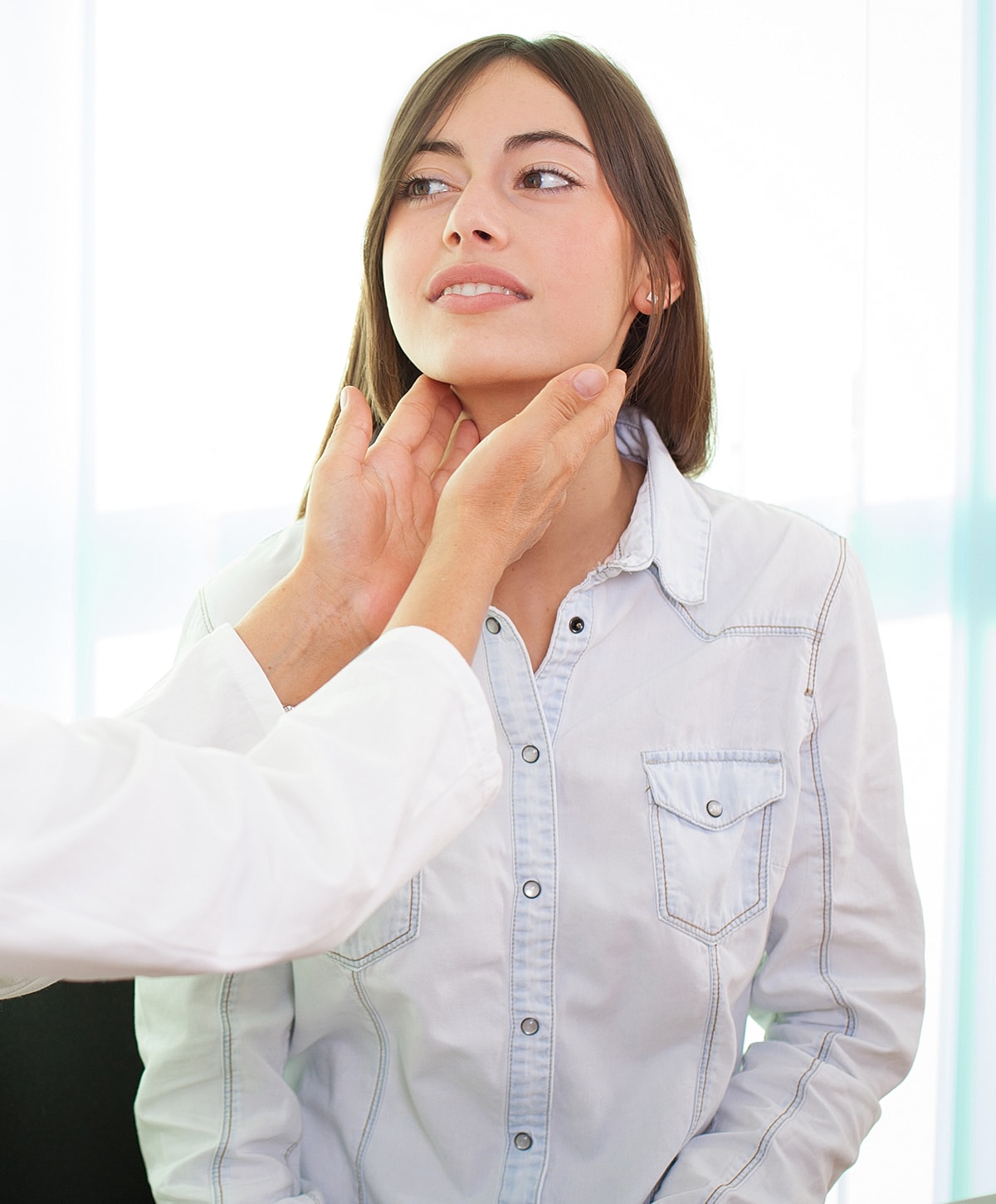
No, the procedure is typically painless. A numbing spray may be used to minimize discomfort.
Most video laryngoscopy exams take 30 minutes or less.
Yes, though if a numbing agent was used, you may need to wait 30-60 minutes before eating or drinking.
No, patients can return to their normal routine immediately after the procedure.
Your ENT specialist will review the findings with you right after the procedure.
Most insurance plans cover video laryngoscopy, though coverage may vary. Our office can help verify your benefits.